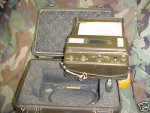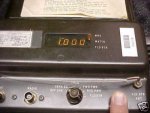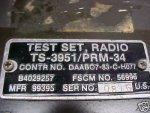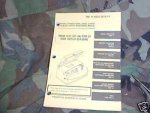Cdub
New member
- 1,082
- 2
- 0
- Location
- New Milford, NJ
As I start playing around with my radios, I often wonder how they are performing. The only test I can do at this point is to use another radio. Which isn’t saying much at all, I believe the radios are working fine? Lets see what happens when I put them through a few tests and see what the results are through these different stages of the tests.
I was just handed a radio test set TS-3951/PRM-34 to try out for the first time. This test set seams to be just a basic tester that even a novice / beginner like me can use. At least I can see if the radios are performing like I believe them to be.
Looking at the results and being able to understand what the tester is telling me maybe a different story. That's where the experts come into play. I can set up the radio, run a few test, but reading the results can be difficult.
Hopefully I'm on my way to understanding radios more and how they work.
Test results to follow............
Cheers,
C'dub
I was just handed a radio test set TS-3951/PRM-34 to try out for the first time. This test set seams to be just a basic tester that even a novice / beginner like me can use. At least I can see if the radios are performing like I believe them to be.
Looking at the results and being able to understand what the tester is telling me maybe a different story. That's where the experts come into play. I can set up the radio, run a few test, but reading the results can be difficult.
Hopefully I'm on my way to understanding radios more and how they work.
Test results to follow............
Cheers,
C'dub
Attachments
-
16.5 KB Views: 30
-
13.2 KB Views: 27
-
19.3 KB Views: 25
-
13.4 KB Views: 24






